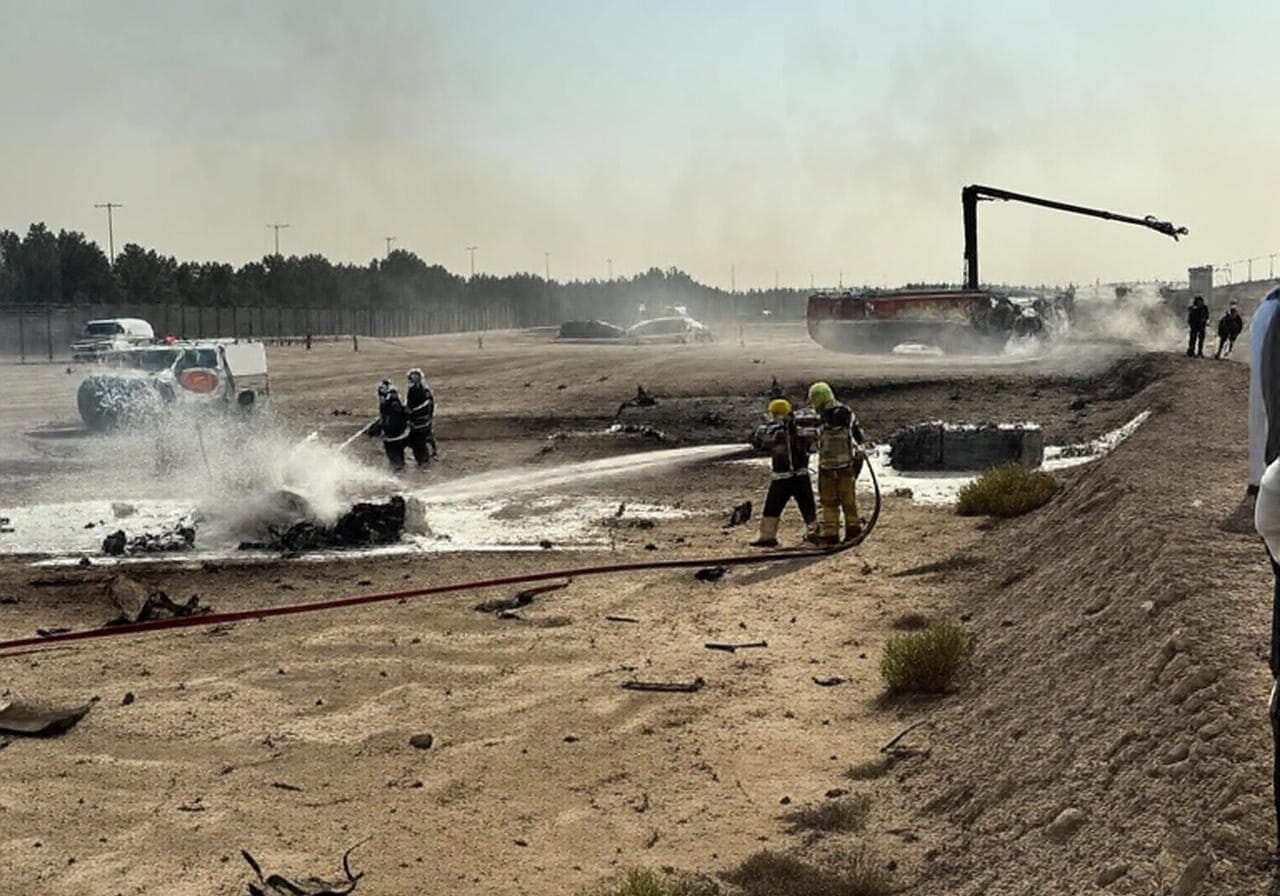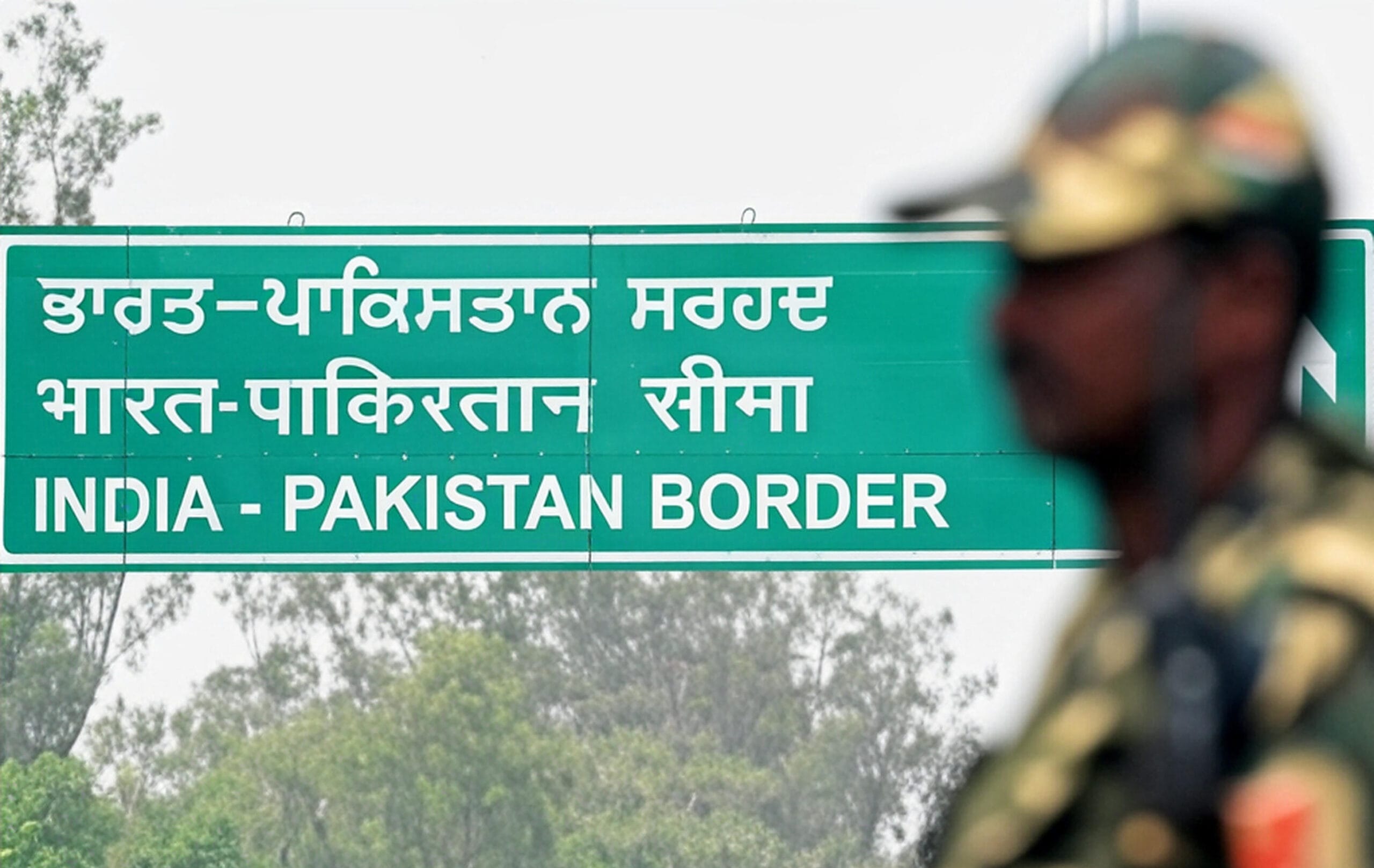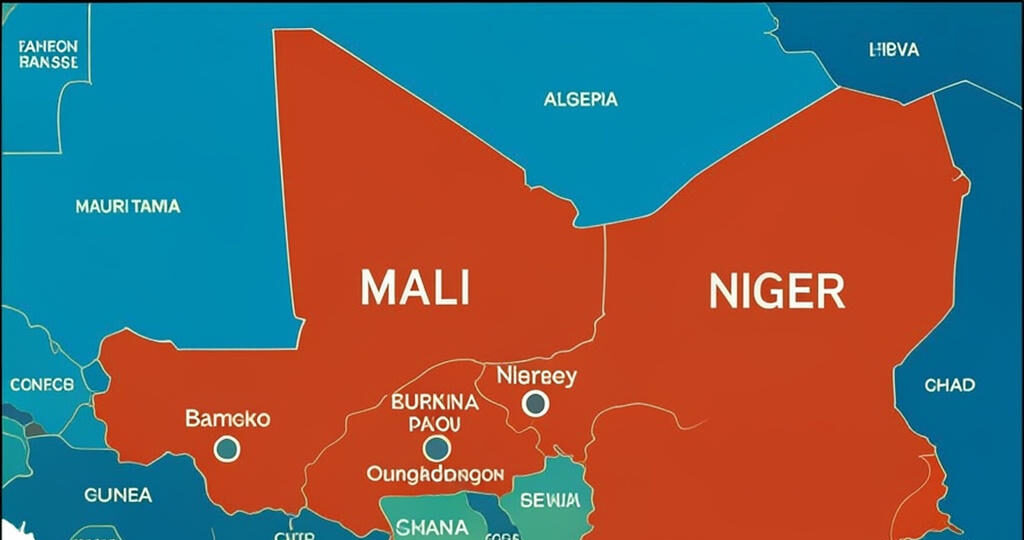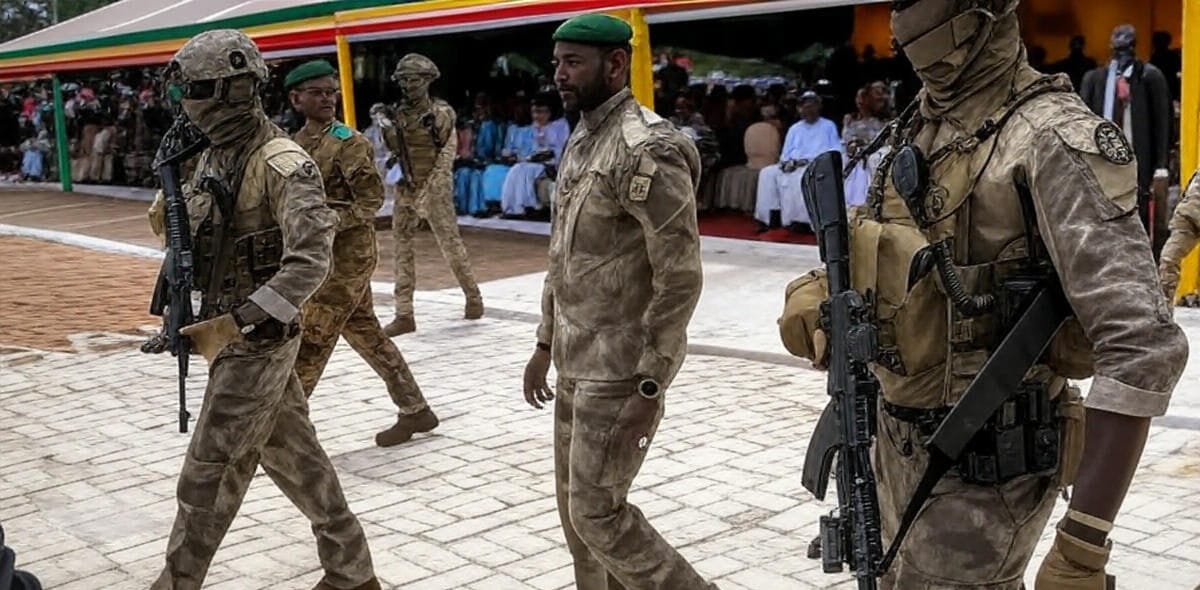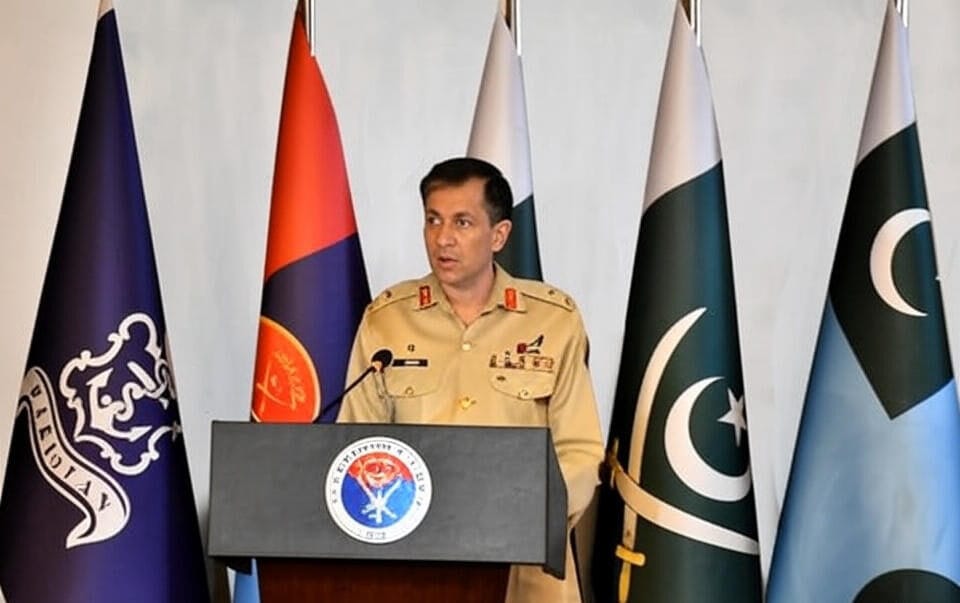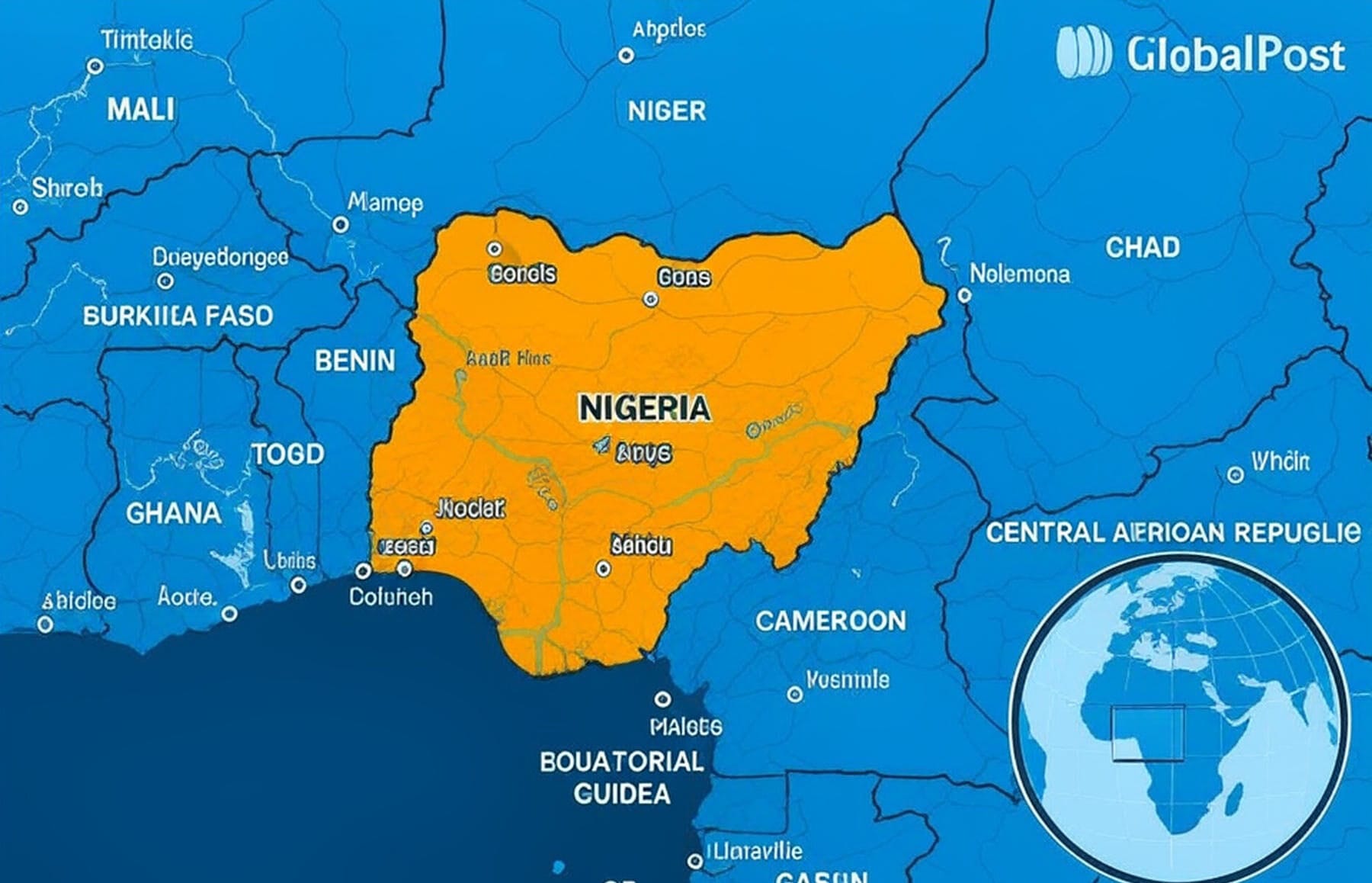
October 19, 2025
In a significant step toward peace, Pakistan and Afghanistan have agreed to a 48-hour ceasefire to ease tensions after Pakistani airstrikes on Kabul. Facilitated by Qatar and Turkey in Doha, this truce aims to halt a conflict that has resulted in the tragic loss of at least 32 soldiers—23 Pakistani and nine Afghan—while Pakistan claims to have seized 19 Afghan border posts. This ceasefire offers a moment of hope for a region long burdened by unrest, providing both nations an opportunity to pursue lasting stability.
The Roots of the Border Conflict
The Pakistan-Afghanistan border, known as the Durand Line, has been a source of friction since its establishment in 1893 by British colonial authorities. Spanning 2,600 kilometers, this boundary remains unrecognized by Afghanistan, leading to frequent disputes and violence.
What Led to the Recent Clashes?
The latest escalation began in mid-October 2025 when Pakistan conducted airstrikes on Kabul, targeting suspected hideouts of the Tehrik-i-Taliban Pakistan (TTP), a militant group blamed for cross-border attacks. The strikes followed accusations from both sides of harboring insurgents, intensifying a cycle of retaliation. The violence claimed 32 lives, including 23 Pakistani and nine Afghan soldiers, and displaced thousands of civilians, worsening an already dire humanitarian situation.
Key Details of the Ceasefire Agreement
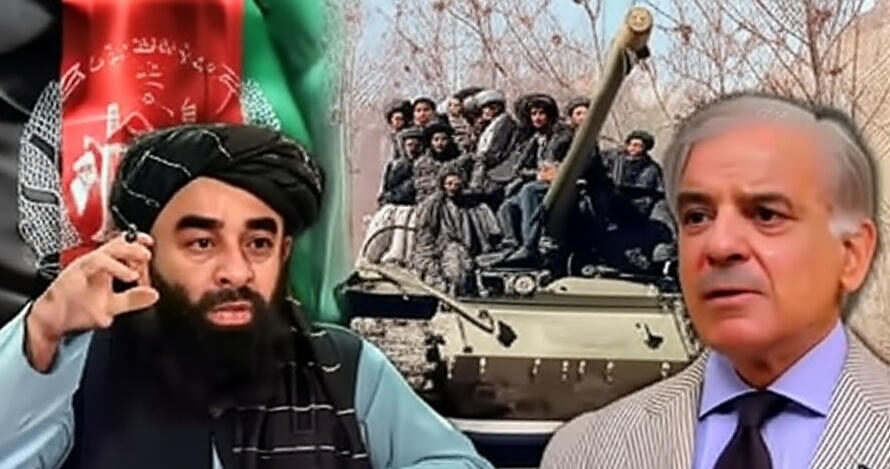
Announced on October 19, 2025, in Doha, the 48-hour ceasefire pauses all military operations along the border. The agreement, brokered by Qatar and Turkey, includes several critical measures to ensure compliance and address immediate needs.
Core Elements of the Truce
The ceasefire requires Pakistan to withdraw from the 19 captured Afghan border posts within 24 hours. Both nations have committed to halting patrols and airstrikes, with Qatar overseeing adherence. Additionally, the agreement opens safe corridors for delivering medical aid to affected border communities. Follow-up talks are scheduled for October 22 in Doha to explore long-term solutions for border security and regional stability.
The Role of Mediators
Qatar, with its history of facilitating Taliban-U.S. negotiations, provided a neutral venue for the talks. Turkey, leveraging its diplomatic ties with both Islamabad and Kabul, played a key role in building trust. The United Nations and China have endorsed the truce, with promises of economic support to sustain peace efforts.
The Humanitarian Impact
The recent clashes have left a profound mark on border communities, displacing over 5,000 people and straining local resources. Airstrikes in Kabul damaged homes, schools, and infrastructure, forcing many residents to flee toward Iran. Hospitals in border regions, such as Khost and North Waziristan, face shortages of medicine and staff, struggling to treat the wounded. The ceasefire’s humanitarian provisions aim to deliver urgent aid, but organizations like the Red Cross stress the need for swift action to prevent further suffering.
What This Means for South Asia
The Pakistan-Afghanistan ceasefire could pave the way for greater stability if both sides commit to dialogue. In the short term, the truce may revive trade worth $1.5 billion annually, offering economic relief. It could also ease conditions for the 500,000 Afghan refugees in Pakistan, many of whom face uncertain futures. However, challenges remain, including the unresolved Durand Line dispute and the Taliban’s ability to curb militant activity.
Looking Ahead
The ceasefire’s success hinges on upcoming talks in Doha. Including regional players like India and Iran could strengthen negotiations, while joint economic projects may foster cooperation. Experts estimate a 60% chance of extending the truce, but warn that mistrust or militant interference could disrupt progress.
Global Reactions and Future Prospects
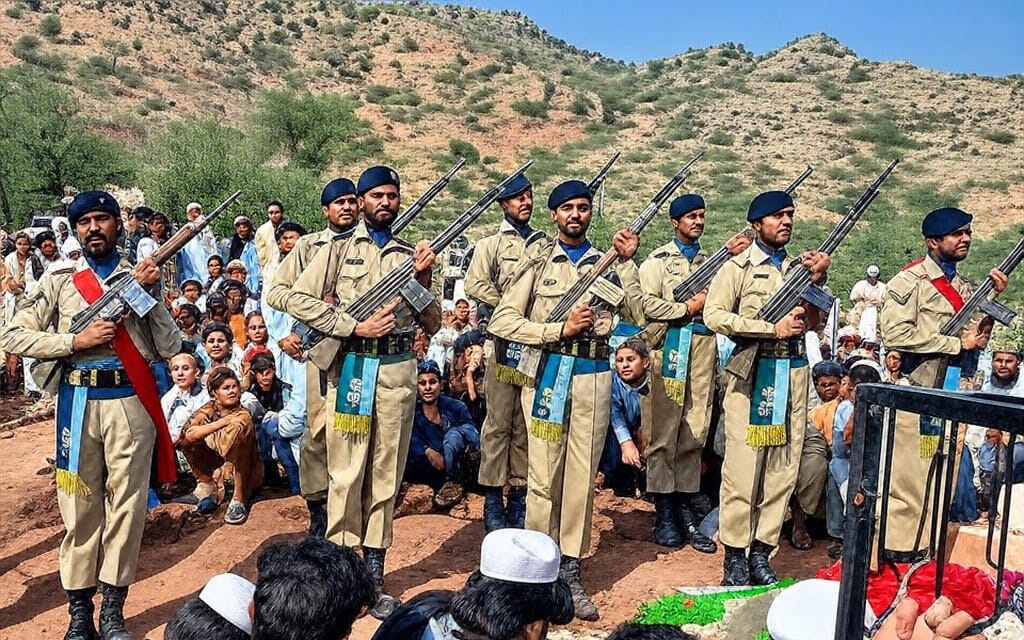
World leaders have welcomed the ceasefire as a vital step toward peace. The UN Secretary-General called it a “crucial moment,” while the U.S. pledged $50 million for reconstruction. China, a key ally of Pakistan, sees the truce as an opportunity to advance regional connectivity through its Belt and Road initiative.
Building Lasting Peace
To sustain this momentum, both nations must prioritize diplomacy over conflict. Establishing UN-monitored safe zones along the border and investing in shared infrastructure could reduce tensions. Continued international support will be essential to address the root causes of the conflict.
A Fragile Opportunity for Peace
The Pakistan-Afghanistan 48-hour truce marks a rare chance to break the cycle of violence that has long plagued the region. As the ceasefire unfolds, the world watches to see if Pakistan and Afghanistan can turn this moment into a foundation for enduring peace. For the latest updates on Pakistan-Afghanistan border developments, subscribe to our newsletter.
